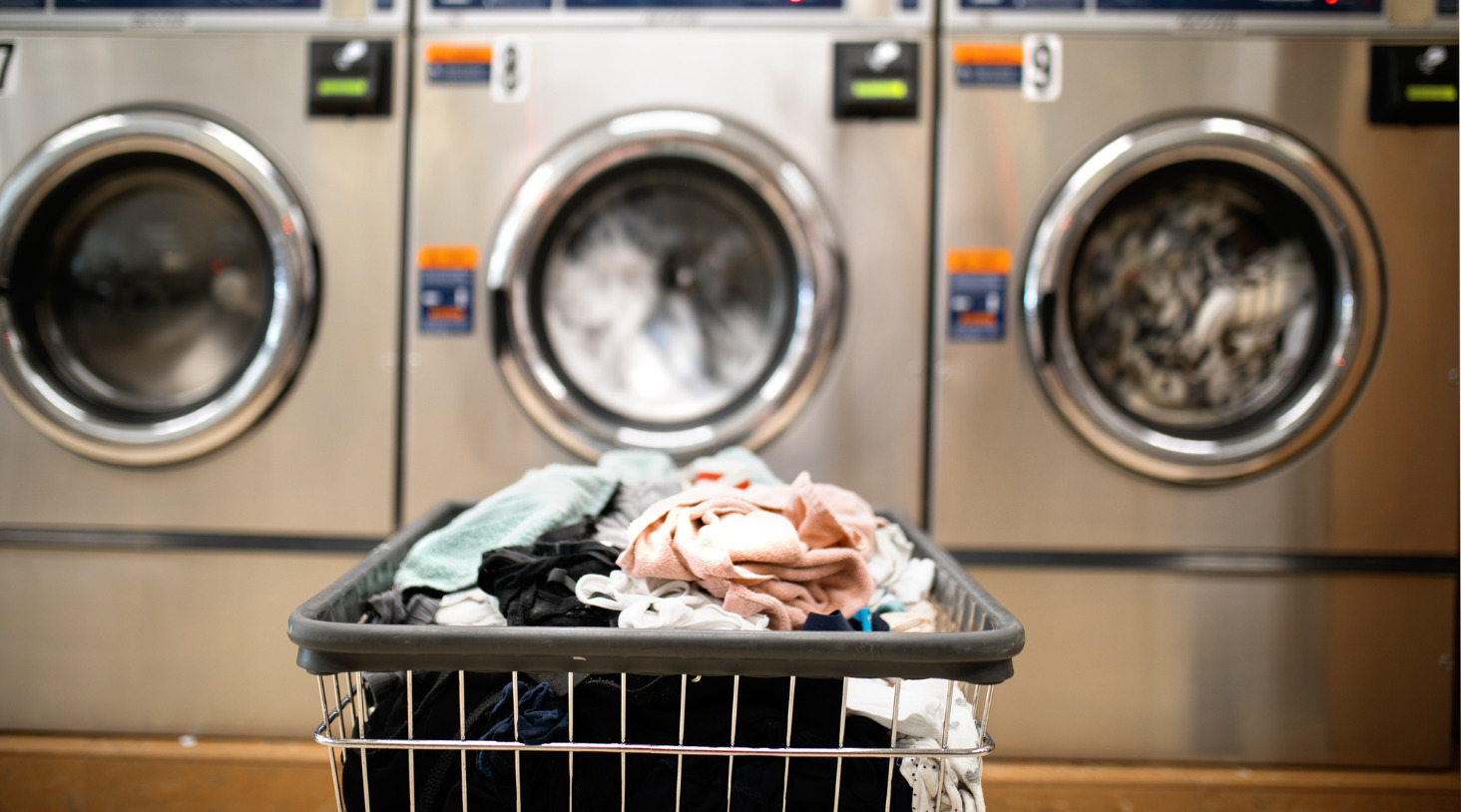Laundry is an essential household task, but it doesn't have to be a drain on your time, water, and energy. By adopting smart washing and drying methods, you can reduce your environmental footprint, save on utility bills, and free up more time for yourself. Here’s how to optimize your laundry routine for efficiency and sustainability.
Choose Energy-Efficient Appliances
Investing in energy-efficient washing machines and dryers can significantly reduce water and energy consumption:
- Energy Star Rated Appliances: Look for washers and dryers with the Energy Star label. These appliances meet strict efficiency guidelines set by the U.S. Environmental Protection Agency and the Department of Energy, using up to 25% less energy and 33% less water than standard models.
- Front-Loading Washers: Front-loading washing machines generally use less water and energy compared to top-loading models. They also spin clothes faster, reducing drying time.
Wash Full Loads
Maximize the efficiency of your washing machine by only running full loads:
- Avoid Small Loads: Running the washer for small loads wastes water and energy. Wait until you have a full load to wash, or adjust the water level settings if your machine has that feature.
- Load Size Options: Use the correct load size setting on your washing machine to match the amount of laundry. This ensures optimal water usage.
Use Cold Water
Washing clothes in cold water saves energy and protects your garments:
- Cold Water Detergents: Use detergents formulated for cold water to ensure effective cleaning. Modern cold water detergents are designed to work just as well as those for hot water.
- Benefits of Cold Water: Cold water is gentler on fabrics, reducing wear and tear, and helps prevent colors from fading.
Efficient Drying Techniques
Drying your clothes efficiently can save both time and energy:
- Use Dryer Balls: Add wool or rubber dryer balls to your dryer. They help separate clothes, allowing hot air to circulate more efficiently, which reduces drying time.
- Clean the Lint Filter: Always clean the lint filter before each drying cycle. A clogged filter reduces dryer efficiency and can be a fire hazard.
- Dry Similar Fabrics Together: Drying similar fabrics together ensures they dry at the same rate, reducing the time the dryer runs.
Air Dry When Possible
Air drying clothes can significantly cut down on energy use:
- Indoor Drying Racks: Use drying racks or a clothesline indoors to dry clothes naturally. Place the rack in a well-ventilated area to speed up the drying process.
- Outdoor Clothesline: If weather permits, hang clothes outside to dry. Sunlight acts as a natural disinfectant and leaves clothes smelling fresh.
Optimize Wash Settings
Adjusting your washing machine settings can lead to more efficient laundry cycles:
- Shorter Cycles: Use shorter wash cycles for lightly soiled clothes to save water and energy.
- High-Efficiency Mode: If your machine has a high-efficiency or eco-mode, use it to reduce water and energy consumption.
Regular Maintenance
Keeping your appliances in good condition ensures they run efficiently:
- Check Hoses and Filters: Regularly inspect and clean your washer's hoses and filters to prevent blockages and leaks.
- Professional Servicing: Have your appliances serviced periodically to ensure they are running at peak efficiency.
By incorporating these smart washing and drying methods into your routine, you can save water, energy and time while also extending the life of your clothes. These small changes add up to significant benefits for both your household and the environment.



